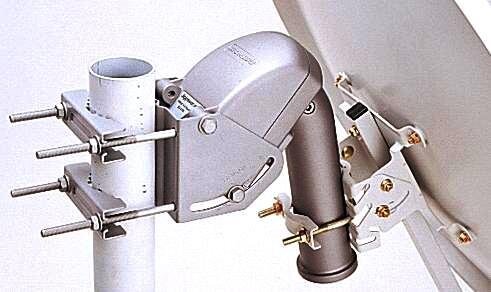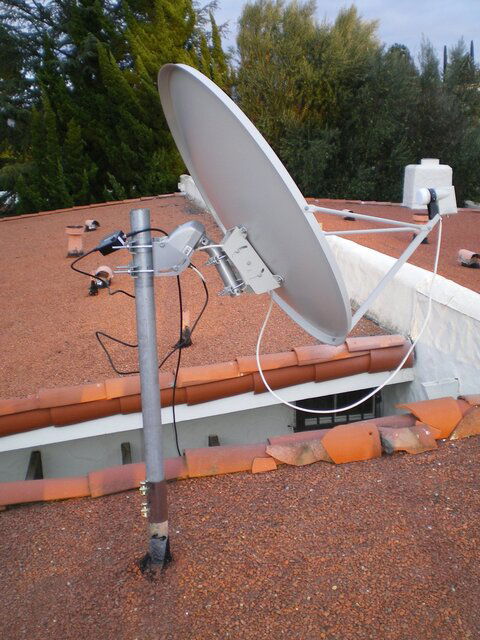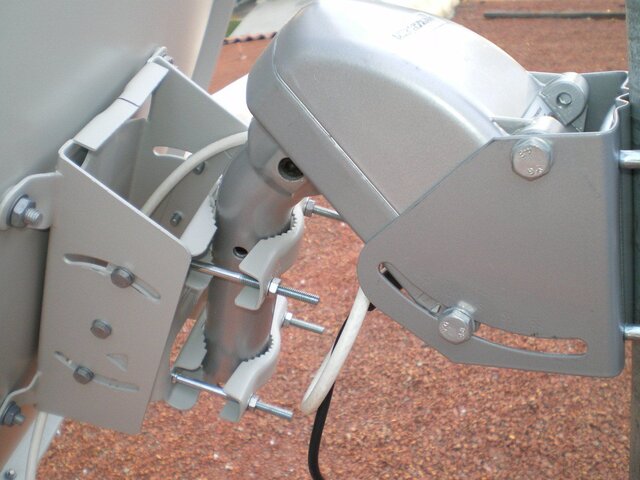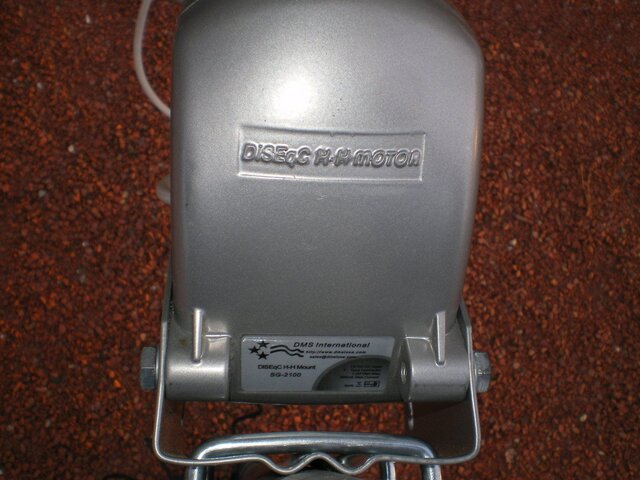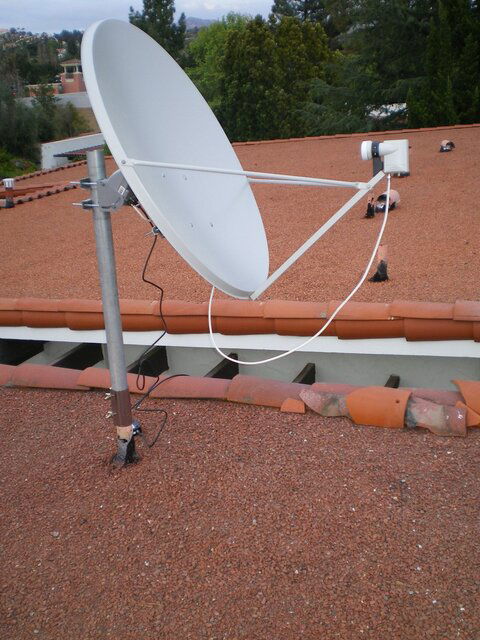Correct me if I'm wrong here guys. This is based on what I know about dishes and motors and may not be 100% accurate.
On an SG2100 dish motor you will have two different inclination adjustments: elevation, and declination (
see the attached picture). The elevation angle is set between the pole and the motor. This measurement is used to set your motor on the correct path to follow the satellite arc, and is dependent on your latitude. The declination measurement (
x - magnetic declination angle:
where x is unique to the offset on the motor i.e. 40 - declination angle) is used to compensate for the declination of the satellite under the elevation measurement, and is set between the motor and dish.
For example: you are at 32 N latitude and 83 W longitude. According to the SG2100 manual your motor should be set at 58 degrees, and the declination is 5.241. So you would adjust your motor to 58 degrees if using the elevation markings or 37 degrees latitude if using the latitude markings (
note these are not the same number scale.) Then I would adjust my dish elevation bracket (
according to the manual for my SG2100) to 40 - 5.241 = 34.8. (
If you use a measure of 40 on the dish elevation bracket this would essentially keep the dish at the same angle as the motor elevation, so you subtract the declination angle from 40 in order to decline the dish back down to where it should be to line up with the true south satellite. This number may be different for different SG2100 models.) This would put the dish at an angle of 58 - 5.241 = 52.759 degrees.
According to
DishPointer, the elevation of our dish should be 52.7 for AMC9 (83W) which would be our true south satellite. This matches what we got above from subtracting the declination angle from the motor elevation angle.


